25 Jun Making The History Alive

A nine-yard long red, blue, yellow, green, purple, or maybe a pink colored piece of cloth designed with pure intricacy to grace the soma of Indian women is titled a saree. There are more than 30 types of sarees in India, defining a wide variety of arts, cultures, works of literature, and civilizations. The origin of these sarees is centenarian, the sarees have lived over with rulers and kings.
A town that lies on the north bank of Narmada, in Madhya Pradesh is known for basically two things- queen Rajamata Ahilyabai Holkar and her prominent Maheshwari saree. The town of Maheshwar is has been a center of handloom weaving since the 5th century. It is considered the home to handloom weaving and has one of the best weavers in the whole country. The town which gave birth to Maheshwari sarees.
The Maheshwari sarees are cotton and pure silk fabric woven with zari or brocade in varied designs. The designs are usually stripes, checks, and flowers at the borders. The sarees could be plain or designed, but over time designs have not changed maintaining the decorum of being authentic and true to the core.
The concept of weaving sarees dates back to the 18th century when the town was ruled by queen Ahilyabai Holkar. She wanted something intricate and beautiful to gift the royalties and relatives. She bought artisans and weavers from Surat and Mala to specially, to grace this 9-yard-long piece of art. The sarees were made with pure silk and later on, they started making the cotton version so that all of the commoners can also afford one for themselves.
Interestingly the first saree was designed by the queen herself.
The prints of the saree were inspired by the forts and palaces of Maheshwar only. The motifs and weaves were framed to represent what the town looked like. A brick or a diamond or a “Phool of Chameli” are some of the designs you can see now as well. The saree has a reversible border, which means you can wear the saree from any of the sides. The colors may have changed, the patterns may have updated but the veridical quintessence remained the same.
The population of Maheshwar makes its living out of weaving, each house at least has one weaver. It takes almost 3 days to make one saree, the time, patience, and efforts a saree takes are innumerable. To get a deserved pay for making the most historically royal and gracefully saree, we are bringing their creations forward through our initiative “GAON ORIGINALS”. Getting you the original hand-woven Maheshwari sarees directly from the town of Maheshwar. It is our combined effort to keep Indian art and culture alive through such creations.
Recent Blogs
Recent Posts
- Go LOCAL GO ORGANIC August 13, 2021
- Making The History Alive June 25, 2021
Archives
Products we offer
-
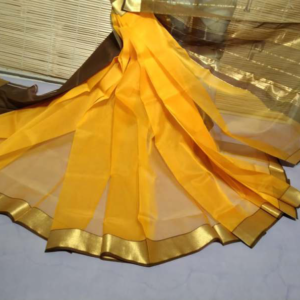 Zari Motif
₹3000
Zari Motif
₹3000
-
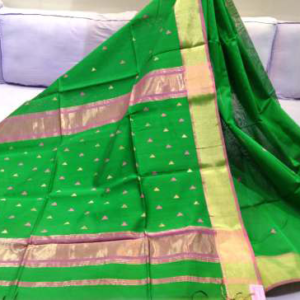 Zari Border
₹3000
Zari Border
₹3000
-
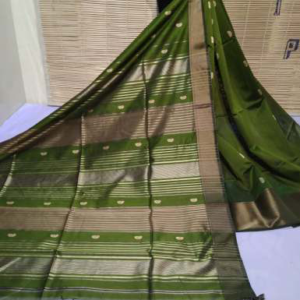 Kaju Butta
₹3500
Kaju Butta
₹3500
Image Gallery
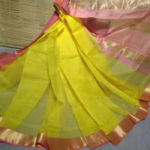








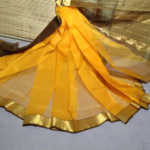

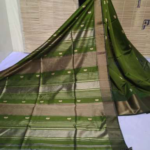
Recent Comments